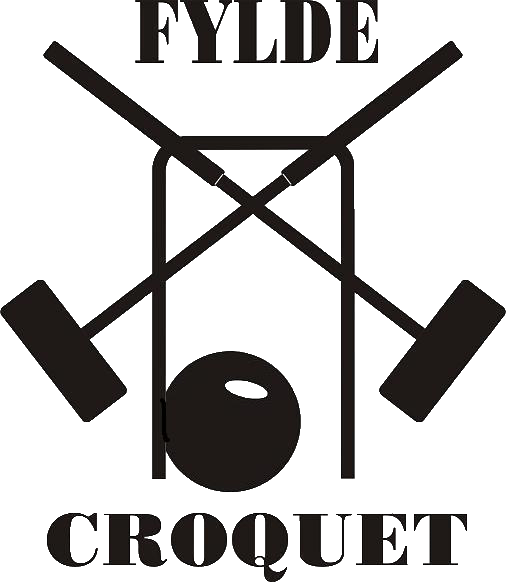About Us
Events
match reports
League Tables
News

references
Club History
Other links
- Croquet England
- CA Rankings
- Oxford
- Cornwall Glossary
- Croquet on Film
- Croquet World On Line
- Maui
Membership
Inviting discussion on points of etiquette, conduct and the laws, with particular emphasis on helping improving players.
Deletion of previous postings
With the adoption of the 7th edition of the AC Laws and the new rules for GC in 2020 many of the previous postings were depreciated and deleted.
Posted by the Webmeister 23rd March 2021
Hitting the corner peg
When a ball hits a corner peg as it leaves the lawn it does not necessarilly mean that it should be replaced as a corner ball. The ball must be replaced at the point where it first began to cross the edge of the court. This can be a considerable distance from the corner. For example when shooting from the corner one spot, hitting the South corner peg of corner two full on would mean that the ball began to cross the boundary a long way South of the corner. If you were to hit the peg with the right hand side of the ball then it would have left the court even further from the corner.
Pegs should be placed so that they just touch the inside of the boundary line.
Posted by the ref, 20th May 2013
Unknown Roquet
A player making a roquet, believes it to be a scatter shot and quits the lawn. The oncoming striker plays. No redress: Striker quit the lawn in the belief their turn has ended.
Posted by Don Williamson (Referee), 1st July 2012
Ball at Rest
Obviously the position of a ball in the game is where it comes to rest. This is critical for wiring lifts and determining if a hoop point has been scored. The laws state that a ball has come to rest when it has stopped moving and remained still for 5 seconds. If a ball moves after this period the striker should replace it.
A ball in a critical position is deemed to have come to rest only when its position has apparently remained unchanged for at least 5 seconds. If, in addition, its position needs to be tested it is deemed to have come to rest only when its position has been agreed or adjudicated upon.
So if striker wants a test then the test is carried out where the ball actually is unless both sides can agree on its position before it moved.
Posted by Liz Wilson (Referee), 4th July 2010
When not to Forestall
Players sometimes are confused when to forestall play. Typically when an error is about to happen, there is little time to find out, so players should be aware of the laws in order to be ready when called upon to forestall.
All you need to remember is that you do not forestall when you see that your opponent is about to:
In all other cases you MUST forestall.
Posted by the ref, 4th June 2010
Bisque after wrong ball
You probably know that if, during a break, you play the wrong ball this will result in the balls going back and end your turn. You may also recall that after that you can take a bisque. As usual in a bisque turn you must continue with the ball you were (supposed to be!) playing but what happens if you play the wrong ball at the start of a non-bisque turn? Can you take a bisque? The answer is yes! Law 42.6 says: If the striker plays a wrong ball in the first stroke of a non-bisque turn and the error is rectified, he may then play a half-bisque or bisque with either ball of his side that could lawfully have been played in the first stroke of the turn.
Posted by the ref 4th July 2008 Edited 26th June 2022